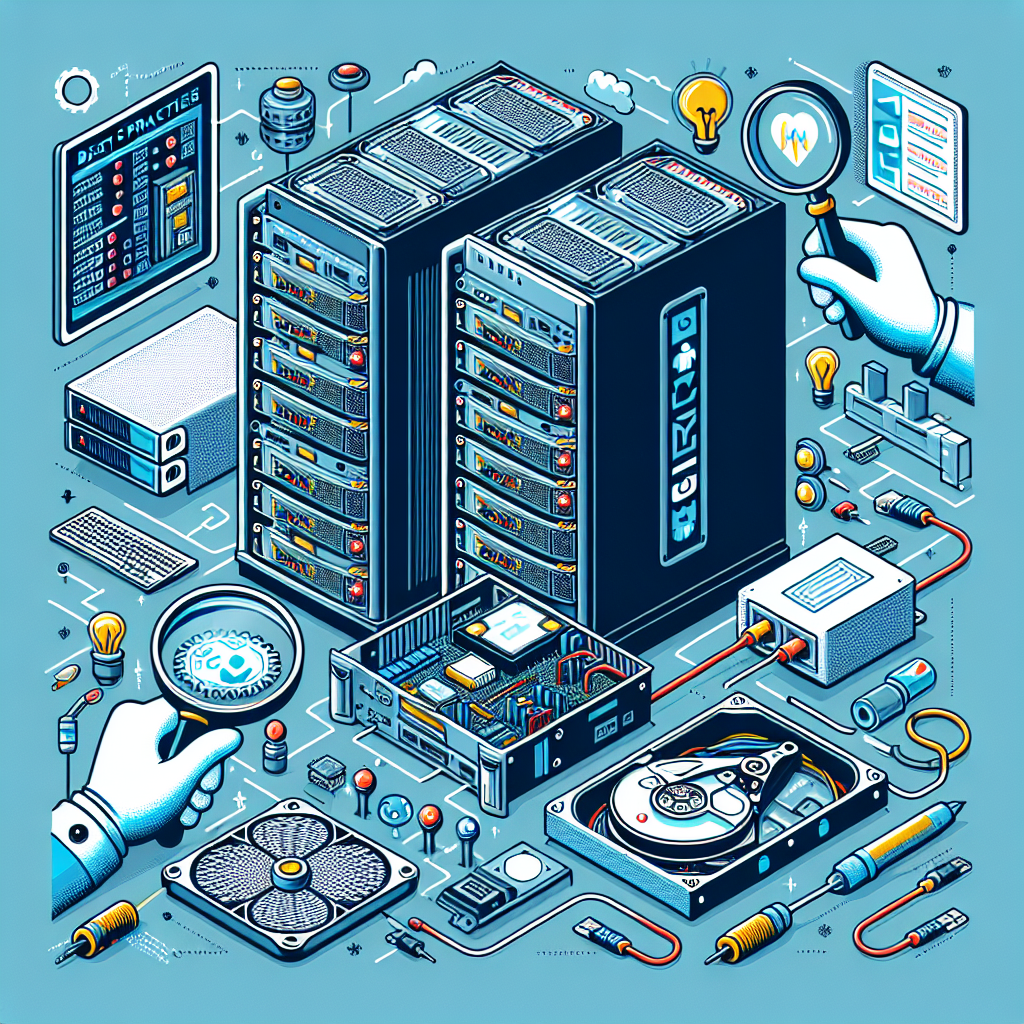Fix today. Protect forever.
Secure your devices with the #1 malware removal and protection software
Data centers are the backbone of modern businesses, housing the critical hardware and software that keep operations running smoothly. When something goes wrong with the hardware in a data center, it can have a significant impact on the organization’s ability to function effectively. That’s why it’s essential to have best practices in place for troubleshooting hardware issues in a data center.
Here are some best practices for data center hardware troubleshooting:
1. Develop a comprehensive inventory: One of the first steps in troubleshooting hardware issues in a data center is to have a comprehensive inventory of all the hardware components in the facility. This includes servers, storage devices, networking equipment, and any other critical hardware. Having this inventory readily available can help technicians quickly identify the source of the problem and take appropriate action.
2. Implement monitoring tools: Monitoring tools are essential for identifying hardware issues before they escalate into major problems. These tools can provide real-time data on the performance of hardware components, alerting technicians to any anomalies or potential failures. By proactively monitoring hardware, data center staff can address issues before they impact operations.
3. Establish a standardized troubleshooting process: Having a standardized troubleshooting process in place can help ensure that hardware issues are resolved efficiently and effectively. This process should outline the steps to take when a problem arises, including identifying the issue, isolating the root cause, and implementing a solution. By following a standardized process, technicians can work methodically to resolve hardware issues in a timely manner.
4. Document past issues and resolutions: Keeping detailed records of past hardware issues and their resolutions can be invaluable for troubleshooting future problems. By documenting the steps taken to resolve previous issues, data center staff can quickly reference this information when facing similar challenges. This documentation can also help identify recurring problems and potential patterns that may indicate underlying issues with hardware components.
5. Conduct regular maintenance: Regular maintenance is essential for keeping data center hardware in optimal condition. This includes tasks such as cleaning equipment, updating firmware, and replacing worn-out components. By staying on top of maintenance tasks, data center staff can prevent hardware failures and prolong the lifespan of critical equipment.
6. Train staff on troubleshooting techniques: Finally, it’s important to ensure that data center staff are properly trained on troubleshooting techniques for hardware issues. This includes familiarizing technicians with common hardware problems, teaching them how to use monitoring tools effectively, and providing hands-on experience with troubleshooting hardware components. By investing in training for staff, data centers can build a skilled team capable of quickly identifying and resolving hardware issues.
In conclusion, data center hardware troubleshooting is a critical aspect of maintaining the integrity and reliability of a data center. By following best practices such as developing a comprehensive inventory, implementing monitoring tools, establishing a standardized process, documenting past issues, conducting regular maintenance, and training staff on troubleshooting techniques, organizations can effectively address hardware issues and minimize downtime. By prioritizing proactive maintenance and investing in staff training, data centers can ensure that their hardware remains in top condition and operations run smoothly.
Fix today. Protect forever.
Secure your devices with the #1 malware removal and protection software

Leave a Reply
You must be logged in to post a comment.